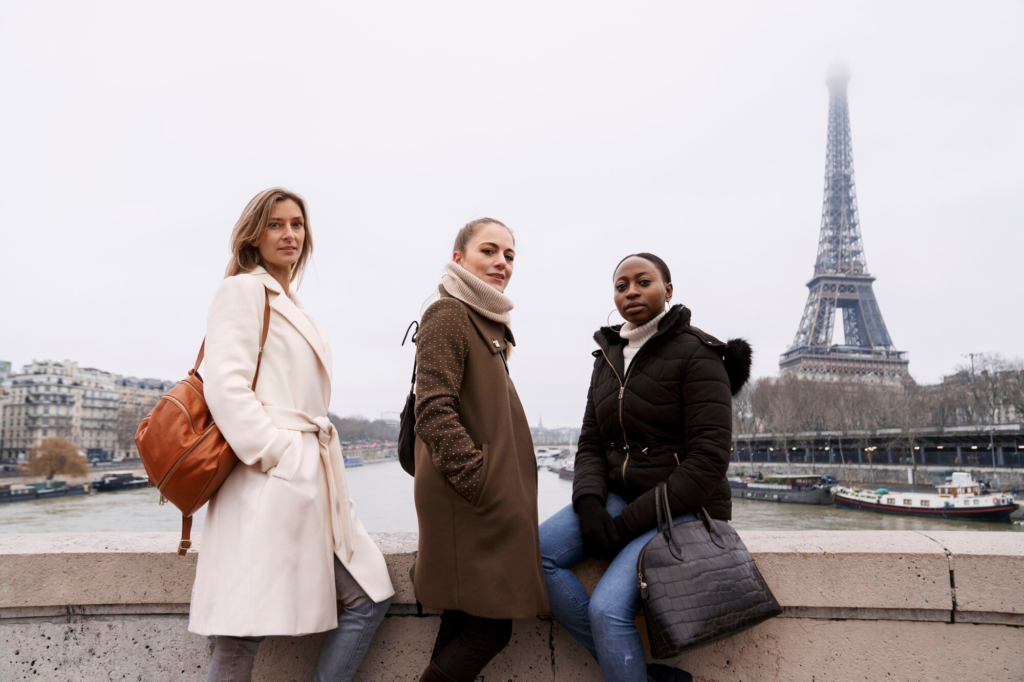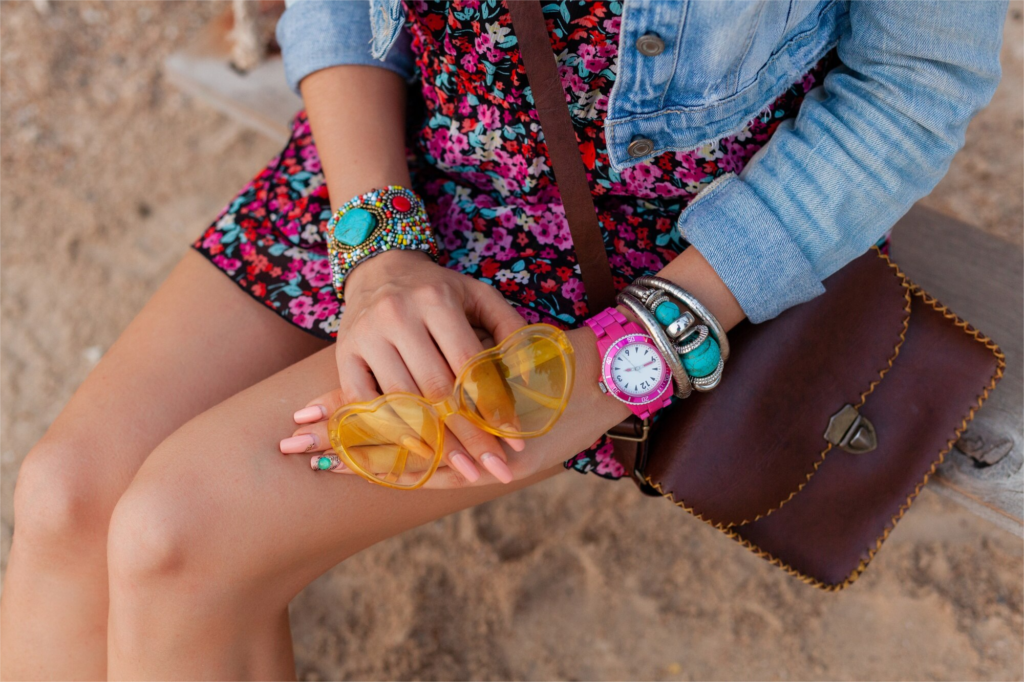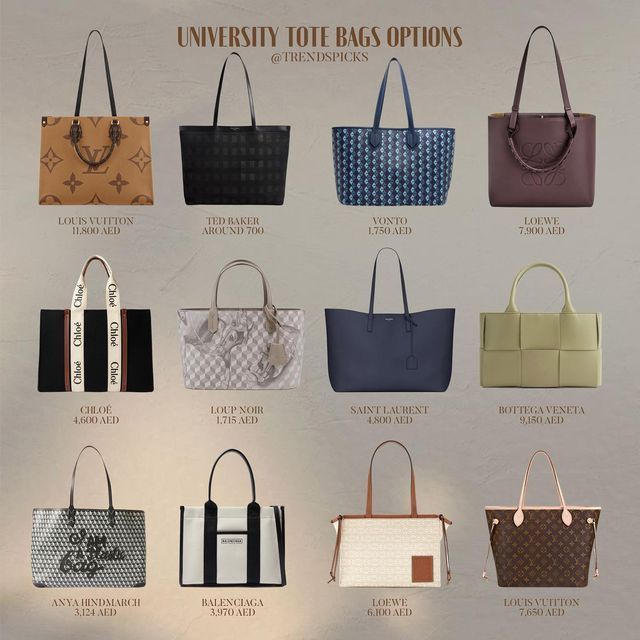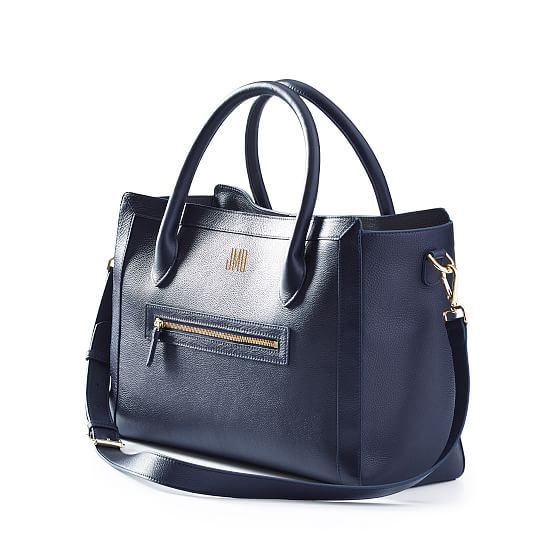5 Powerful Ways the Women Life Movement is Transforming Health and Activism in Pakistan and Iran

Table of Contents
- Introduction: Women, Life, Freedom and Health
- Women, Life, Freedom: Origins and Context
- Life Expectancy in Pakistan vs. Iran
- Health Disparities and Maternal Health
- Activism and Impact on Women’s Health
- Conclusion
- FAQs
Introduction: Women, Life, Freedom and Health
The rallying cry “Women, Life, Freedom” — in Persian “Zan, Zendegi, Azadi” (زن، زندگی، آزادی) — has become emblematic of recent uprisings in Iran. It connects directly to public health by underscoring women’s lived experiences and rights. Sparked by the 2022 death of Mahsa Amini, this movement led by women highlights issues from personal autonomy to social justice. These socio-political demands coincide with stark health disparities. For example, women life expectancy in Pakistan is only about 68–69 years, whereas in Iran it reaches the mid-70s. Such gaps reflect differences in nutrition, healthcare access, and socioeconomic status. By examining public health trends – especially life expectancy and disease patterns – through the lens of Women, Life, Freedom, we see a narrative where activism and women’s health are deeply intertwined.
Women, Life, Freedom: Origins and Context
The slogan “Women, Life, Freedom” originated on the streets of Iran in 2022, protesting the gendered enforcement of dress codes. It literally means “Women, Life, Freedom” (Persian: Zan, Zendegi, Azadi), conveying that women’s liberty is fundamental to society’s well-being. The movement has quickly gained international resonance. In Pakistan, prominent activists and politicians publicly expressed solidarity with Iranian women, recognizing shared challenges under repressive gender norms. For instance, an Islamabad lawyer noted that “as neighbors and women from Pakistan who have had a history of repressive laws targeted at women, we must show solidarity and empathy”. Pakistan’s own Foreign Minister called Iranian protesters “very brave” and echoed support in international forums. These cross-border connections have helped spur conversation about women’s rights in both countries. While the contexts differ – Iran’s protests directly confront state policies and Pakistan’s movement has its own history – the shared slogan underscores a unifying theme: that improving women’s lives (including health and longevity) is a fight for freedom.
Women’s Life Expectancy in Pakistan vs. Iran
Women’s life expectancy captures long-term health conditions and social determinants. In Pakistan and Iran, recent data reveal large gaps. Pakistani women live on average ≈68.9 years and men ≈65.1 years. In Iran the figures are far higher: about 77.5 years for women and 74.9 for men. In other words, Pakistani women die on average about 8–9 years younger than Iranian women. These differences have only widened over decades. The chart below (Figure 1) illustrates Pakistan’s slow gains: women’s expectancy (pink line) climbed from ~45 years in 1960 to about 69 years by 2023, always remaining a few years above the male curve.
Figure 1: Life expectancy at birth in Pakistan by gender (1960–2023). The pink line (female) and blue line (male) rise slowly from the mid-40s toward the mid-60s; by 2023 Pakistani women’s expectancy reaches ~69 years and men ~65 years. These trends reflect improvements in healthcare and living conditions over time, but Pakistani levels lag far behind global averages and behind Iran’s.
By contrast, Iran’s women life expectancy is comparable to many high-income nations. Official reports and surveys show Iranian women living roughly 74–77 years. For example, a 2018 report noted women life expectancy in Iran was about 75.5 years (up from 71.0 in 2005). In absolute terms, Iranian women outlive Pakistani women by nearly a decade. This gap reflects numerous factors: Iran’s higher average income, urbanization, and health spending (Iran spends ~5.8% of GDP on health vs. Pakistan’s ~2.9%) all contribute to better health outcomes.
Overall, these life expectancy of women life statistics signal the success or failure of systems in protecting women’s health. Pakistani women, on average, face earlier deaths due largely to poverty, infectious diseases, and maternal risks, whereas Iranian women benefit from better basic healthcare infrastructure. The contrast underscores how the “Women, Life, Freedom” movement’s goal of preserving life connects directly to measurable health outcomes.
Health Disparities and Maternal Health
Beyond longevity, specific health indicators for women reveal disparities. One dramatic example is maternal mortality. Pakistan’s maternal mortality ratio (MMR) was about 178 deaths per 100,000 live births in 2015. In rural and poorer provinces it is far higher – a 2007 survey found MMR ≈319 (with Balochistan as high as 785). These rates are among the world’s worst. By contrast, Iran’s MMR has fallen to the mid-20s per 100,000 (around 24–25 in the 2010s), reflecting decades of investment in maternal healthcare. Thus Iranian mothers are dozens of times less likely to die in childbirth than Pakistani mothers.
Underlying these statistics are deeper social determinants. Research on Pakistan notes that pregnant women are often “poorly educated, undernourished, [and] anemic,” with high rates of preterm, low-weight births and limited prenatal care. In practical terms, many Pakistani women lack access even to basic medicines or skilled birth attendants, worsening outcomes. In Iran, women life generally have higher education and nutrition levels. However, new challenges have arisen. For example, non-communicable diseases are a growing burden: a 2015 health report identified heart disease as the leading cause of death for Iranian women life aged 30–70. Today nearly half of Iranian women life are obese or sedentary, driving up risks of heart attacks, diabetes, and strokes. Cancer and hypertension are also significant causes of female mortality, especially when diagnosis and treatment are delayed.
In sum, women life in Pakistan and Iran face very different health landscapes. Pakistani women life contend with infectious diseases, malnutrition, and high maternal risk, whereas Iranian women life are more affected by lifestyle-related chronic diseases. Both experience gaps in healthcare quality and access – for example, rural and ethnic minorities in each country typically fare worse (Iran’s peripheral provinces have life expectancy as low as ~69 years, close to Pakistan’s average). Activists argue that many of these health problems are inherently political: disparities stem from government policy, resource allocation, and social norms. As one health minister in Iran put it, women’s life expectancy (“at least 74 years”) is tied to addressing obesity, vitamin deficiency, and women’s special needs.
Activism and Impact on Women’s Health
The Women, Life, Freedom movement explicitly connects these health issues with broader demands. Its manifestos and slogans emphasize that social justice must include health rights. Notably, a coalition manifesto from Iran calls for “free education and healthcare for everyone” as a fundamental right. This recognition – that healthcare is part of freedom – aligns with scientific evidence that universal health coverage improves life expectancy and equity. In practice, Iranian women have long protested not only restrictive laws but also healthcare shortages and pollution (for example, environmental health was cited in protest demands). Pakistani women life activists similarly highlight health: campaigns against child marriages, domestic violence, and maternal death often accompany calls for political change.
While hard causality between protests and health outcomes is complex, there are indications of influence. International awareness generated by protests (e.g. global news coverage and solidarity actions) can pressure governments to act on health. In fact, Pakistani civil society has used the slogans to criticize its own healthcare system, drawing attention to high MMR and poor nutrition among women. Importantly, protests also create dialogue: as Pakistani supporters of the Iranian movement noted, recognition of women’s rights in one country has encouraged Pakistani media and politicians to discuss women’s health more openly.
At the community level, the stress and trauma of political violence can worsen health (through mental illness, injuries, etc.), but protest movements also often bring communities together to support victims. For example, after violent crackdowns on Iranian protesters, volunteer doctors offered free care to injured demonstrators. In Pakistan, some women’s groups have cited the Iranian movement to advocate for better reproductive health services at home.
Overall, the slogan “Women, Life, Freedom” is itself a health slogan: it proclaims that women’s life and well-being matter. For health researchers, the movement underscores the fact that social change and health outcomes are intertwined. Studies of life satisfaction even suggest that political freedoms and health (both mental and physical) rise together. While more research is needed on specific outcomes (for instance, whether life expectancy actually improves after policy changes), the movement’s demand for free healthcare and social support is consistent with scientific understanding that such measures boost population health.
Conclusion
The “Women, Life, Freedom” movement in Iran – and the solidarity it has inspired in Pakistan – offers a powerful narrative bridge between social justice and public health. Women in both countries face stark health disparities: Pakistani women have some of the lowest life expectancy and highest maternal mortality in the world, while Iranian women’s outcomes are far better but still marked by chronic disease challenges. By examining statistical indicators like life expectancy (see Table 1 below) alongside the movement’s demands, we see that activists are effectively highlighting real health issues. The phrase Zan, Zendegi, Azadi thus resonates as both a political slogan and a public health imperative.
For health researchers and policymakers, this linkage suggests that improving women’s health will require addressing the socio-political barriers that activists protest against: gender inequality, poverty, and lack of services. Any meaningful gain in women’s life in Pakistan or Iran likely depends on broader freedoms – for example, educating girls, ensuring women can work in health professions, and protecting women’s rights to travel and seek care. Conversely, sustained improvements in healthcare infrastructure and equity can help realize the movement’s vision of freedom through better, longer lives for women.
Table 1: Life expectancy at birth by gender in Pakistan and Iran. Pakistani women live on average about 69 years, versus 77.5 in Iran; Pakistani men live ~65 years compared to 74.9 in Iran.
FAQs
Q1: What do “Women, Life, Freedom” and Zan, Zendegi, Azadi mean?
“A woman, life, freedom” is a bilingual slogan of the Iranian protest movement. In Persian “Zan, Zendegi, Azadi” literally means “Woman, Life, Freedom”. It asserts that women’s rights and autonomy are essential components of a free society. The slogan has become a rallying cry and is chanted at demonstrations to signify that without women life liberty, society cannot truly progress.
Q2: How do women life expectancy figures compare in Pakistan and Iran?
Pakistani women have much shorter lifespans on average than Iranian women life. Recent data report Pakistani female life expectancy around 68–69 years (vs. ~65 for Pakistani men). Iranian women live about 77–78 years on average (vs. ~75 for Iranian men). Thus there is roughly an 8–9 year gap in life expectancy between the two countries’ women, reflecting disparities in nutrition, healthcare, and socioeconomic conditions. See Table 1 for details.
Q3: What health challenges do women in Pakistan and Iran face?
Pakistani women life face significant maternal and infectious disease burdens. For example, Pakistan’s maternal mortality ratio was ~178 per 100,000 in 2015 – one of the highest in the world – reflecting inadequate prenatal care and high fertility. Undernutrition, anemia, and poor education (especially in rural areas) contribute to this poor outcome. In Iran, maternal mortality is much lower (~20–25 per 100,000). Instead, Iranian women life increasingly confront non-communicable diseases: heart disease, diabetes, and obesity are leading causes of death. Both countries struggle with uneven access: remote and poor regions see worse health indicators.
Q4: Has the “Women, Life, Freedom” movement led to healthcare changes?
The movement has explicitly demanded better social services, including healthcare. Advocates have called for “free … healthcare for everyone” as part of a broader manifesto. While systemic change takes time, the activism has brought health issues into public discussion. International attention and domestic solidarity pressure officials to address crises (for example, shortages of medicines and maternal care). Even if policy reforms lag, the movement’s influence on awareness is clear: media coverage and solidarity statements (e.g. Pakistani leaders supporting Iranian women life) have elevated women’s health in public debate. Researchers note that broad social movements often precede policy shifts, so the long-term health impact may follow.
Q5: Are Pakistani women involved in similar protests?
Pakistani women life have not had a movement labeled “Women, Life, Freedom,” but many face comparable issues. Pakistani activists have joined Iranian women’s protests in solidarity. There are local protests and campaigns for women’s rights (against honor killings, for example) that echo the same themes. Some Pakistani politicians have referred to Iranian women life slogans when calling for reform at home, suggesting these ideas resonate across borders. The struggles are different in form, but Pakistani civil society increasingly emphasizes women’s autonomy and health (maternal care, nutrition, legal rights) as part of a broader push for gender equality. The cross-border solidarity implies a shared recognition: improving women life is a regional priority.
Sources: Figures and statements are drawn from WHO and World Bank data, peer-reviewed studies, and reputable news analyses on health and the Women Life Freedom movement.

































































